Graph the parabola, y =x^21 by finding the turning point and using a table to find values for x and yCurve Sketching The following steps are taken in the process of curve sketching 1 Domain Find the domain of the function and determine the points of discontinuity (if any) 2 Intercepts Determine the x− and y− intercepts of the function, if possible To find the x− intercept, we set y = 0 and solve the equation for x The graph looks like this graph{x^2 5 141, 1437, 199, 1225} y = x^2 0x 5, compared with the general form of parabola function ax^2 bx c, a = 1, b = 0, c = 5 It is a U shaped a parabola as a > 0 x vertex = b/(2a) =(0)/2 = 0 y = 0 5 = 5 "Vertex" (0, 5) Two points x = 1 y = 1^2 5 = 6 => (1, 6) x = 1 y = (1)^2 5 = 6 => (1, 6) Find the three points and the graph

In Exercises 5 10 Find An Equation For The Tangent Chegg Com
Y=(x^2-5)(x-1)^2(x-2)^3 graph
Y=(x^2-5)(x-1)^2(x-2)^3 graph-Click here👆to get an answer to your question ️ Draw the graph of y = x^2 2x 3 and hence find the roots of x^2 x 6 = 0X^2 (y (x^2)^ (1/3))^2 = 1 WolframAlpha Rocket science?




Graph Graph Equations With Step By Step Math Problem Solver
First you realise that 5x − x2 = x(5 −x) which will give the y = 0 solutions x = 0 and x = 5 for (0,0) and (5,0) Then, put the halfway x ( 25) in the equation to get the top of the graph y = 5 ⋅ 25 − 252 = 625 for (25,625) You now have the three most important points of your graph You can put more x values in, of course, so Example 2 y = x 2 − 2 The only difference with the first graph that I drew (y = x 2) and this one (y = x 2 − 2) is the "minus 2" The "minus 2" means that all the yvalues for the graph need to be moved down by 2 units So we just take our first curve and move it down 2 units Our new curve's vertex is at −2 on the yaxis13 Surface 24x 24y2 9z = 35;
Graph a function by translating the parent function x2 = x^25x3 x^2 4x 5 = 0 (x5)(x1) = 0 Which graph represents the solution set to the system of linear equations?For example, for the relation y x(x 2)( 5), the zeros occur when y x0 If ( 2)(x 5) 0, then either x 2 0 or x 5 0 You can solve for x Either 2 or x 5 Example 1 Use Factoring to Graph a Quadratic Relation Find the xintercepts and the coordinates of the vertex Then, sketch each parabola a) y x2 8 7 b) y 2x2 x 6 c) y x2 6x 9 Solution
Solve your math problems using our free math solver with stepbystep solutions Our math solver supports basic math, prealgebra, algebra, trigonometry, calculus and moreGraph y2=5(x1) Move all terms not containing to the right side of the equation Tap for more steps Add to both sides of the equation Add and Use the slopeintercept form to find the slope and yintercept Tap for more steps The slopeintercept form is , where is the slope and is the yLooking at the peaks and valleys of the graph of f0(x) given, f0(x) is greatest at x= 02 and least at x= 21 Looking at the slope of f0(x), we estimate f00(x) is greatest at x= 1 and x= 25, and f00(x) is least at x= 25 f(x) is concave up where f0(x) is increasing, from



How To Graph Y X 2 X 3 X 1 Quora
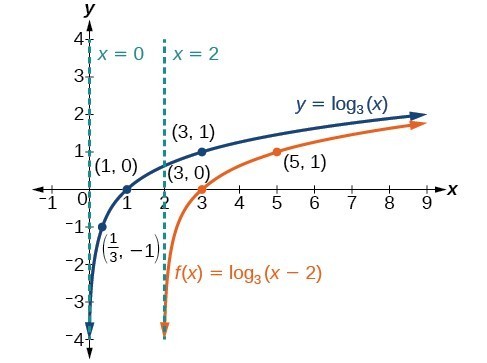



Graphing Transformations Of Logarithmic Functions College Algebra
Kumarmathsweeblycom 3 4 The function f is defined by f x ln (4 – 2x), x < 2 and x ℝ (a) Show that the inverse function of f is defined by f –1 x 2 – 2 1 ex and write down the domain of f –1 (4) (b) Write down the range of f –1(1) (c) Sketch the graph of y = f –1(x)State the coordinates of the points of intersection with theInteresting concept I like it The idea is you have been given a graph of mathf(x)=x^2–3x1/math But you want to solve the equation mathx^2–5x1=0/math So what I see/would do is take my f(x) and set it equal to the mxc that we wish to fi1Graph (1) y=(x 1) 7 (l)y= (x 2) 5 2 Solve equations by factoring (0)x13x40=0 (1) 2 x 5x2 = 0 (ii) 4x®15%25 = 0 (iv) 6x²7x49 = 0 3



Graphing Quadratic Functions
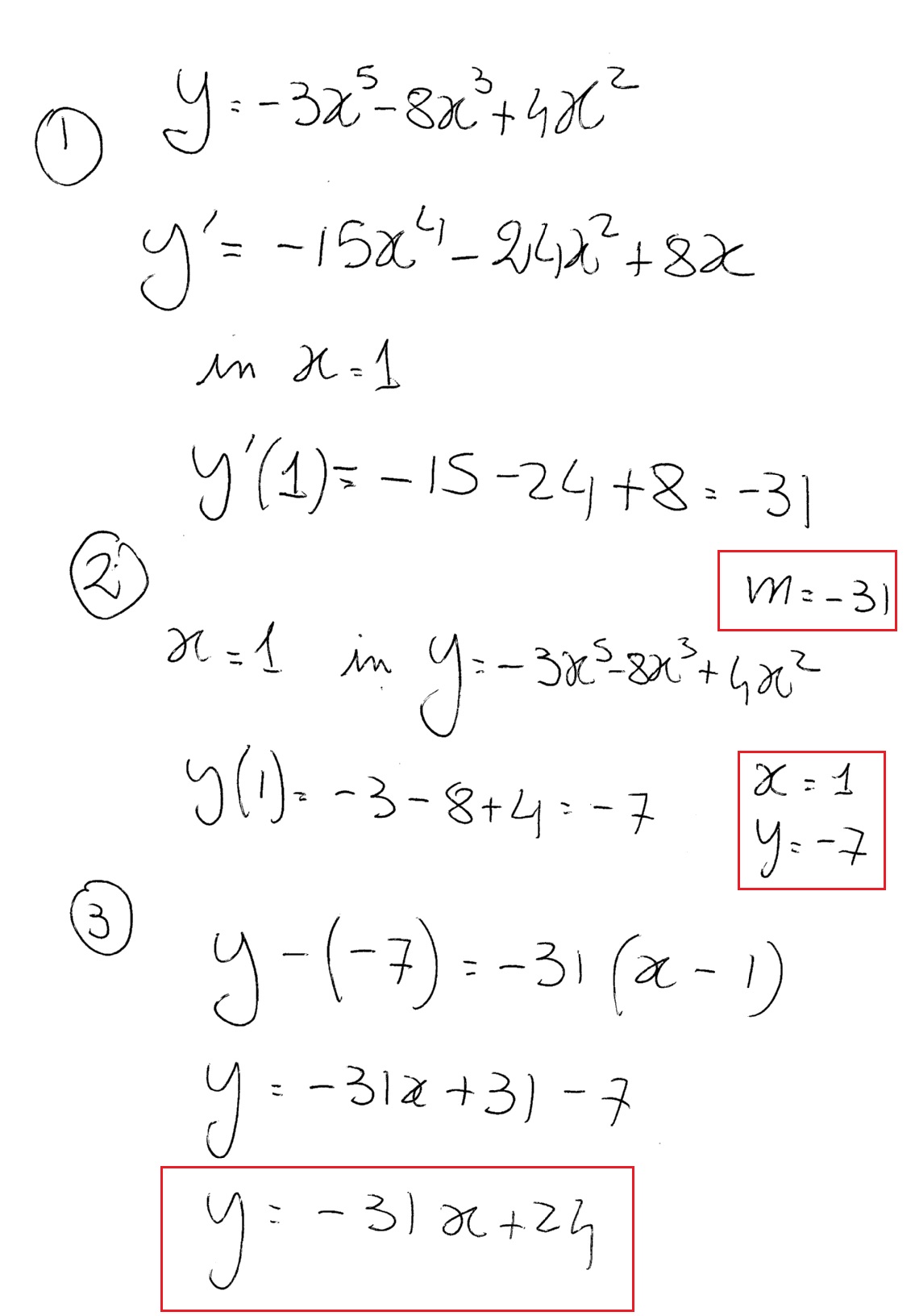



How Do You Find The Slope And Tangent Line To The Graph Y 3x 5 8x 3 4x 2 At X 1 Socratic
Question please helo graph this equation y = x^2 5 Answer by gonzo (654) ( Show Source ) You can put this solution on YOUR website!When x = 0, y = 5 when y = 0, x^2 = 5, so x = set up some points from x = 5 to x = 5 x,y1plot x^2 2invert it about x axis 3raise it upwards by 1 unit 4This is y=1x^2 5for mod(y), along with this, take mirror image about x axis 6Combined graph is the solution 7Restrict answer between y=1 and y=1 as maximum value of mod(y) is 1




The Graph Of Y X 3 Is Shown Below Y 1 3 2 6 Chegg Com




Graph Y Gt X 2 5 Click On The Graph Until The Correct One Appears Brainly Com
Explore math with our beautiful, free online graphing calculator Graph functions, plot points, visualize algebraic equations, add sliders, animate graphs, and moreWhen you graph, you will see these are the values for the x intercept Graph using the original equation;5 x 2 2 x 3 = y Subtract y from both sides Subtract y from both sides 5x^ {2}2x3y=0 5 x 2 2 x 3 − y = 0 This equation is in standard form ax^ {2}bxc=0 Substitute 5 for a, 2 for b, and 3y for c in the quadratic formula, \frac {b±\sqrt {b^ {2}4ac}} {2a}



The Graph Of Y 2x 1



Visualizing Functions Of Several Variables And Surfaces
Solve Quadratic Equation by Completing The Square 22 Solving x25x1 = 0 by Completing The Square Add 1 to both side of the equation x25x = 1 Now the clever bit Take the coefficient of x , which is 5 , divide by two, giving 5/2 , and finally square it giving 25/4 Add 25/4 to both sides of the equation On the right hand side we have (x1) ^2(y3) ^2=10 (x1)(y3)=root of 10 xy1–3=root of 10 xy4=root pf 10 xy= root of 10 4 x^2(y1)^2=5 xy1= root of 5 xy= root of 51State its yintercept, domain, and range
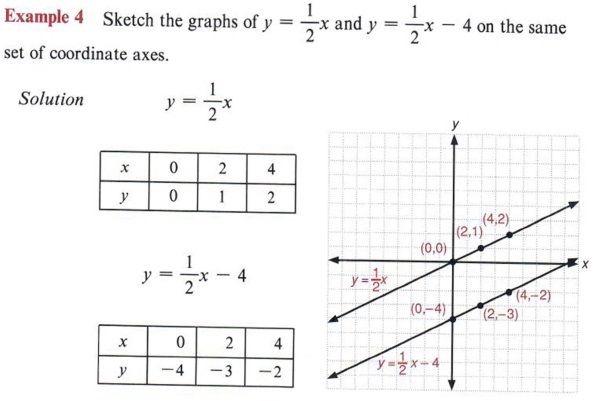



Graph Graph Inequalities With Step By Step Math Problem Solver



Graphing Quadratic Functions
Graph x^2y^2=5 x2 y2 = 5 x 2 y 2 = 5 This is the form of a circle Use this form to determine the center and radius of the circle (x−h)2 (y−k)2 = r2 ( x h) 2 ( y k) 2 = r 2 Match the values in this circle to those of the standard form The variable r r represents the radius of the circle, h h represents the xoffset from theCompute answers using Wolfram's breakthrough technology & knowledgebase, relied on by millions of students & professionals For math, science, nutrition, historyAxis of Symmetry x = 5 2 x = 5 2 Directrix y = 7 2 y = 7 2 Direction Opens Down Vertex (5 2, 13 4) ( 5 2, 13 4) Focus (5 2,3) ( 5 2, 3) Axis of Symmetry x = 5 2 x = 5 2 Directrix y = 7 2 y = 7 2 Select a few x x values, and plug them into the equation to find the corresponding y y values The x x values should be selected around the



The Parabola Below Is A Graph Of The Equation Y X 1 2 3 Mathskey Com




3 4 Graphs Of Polynomial Functions Mathematics Libretexts
SOLUTION 4 Begin with y = x 2 y 3 x 3 y 2 Differentiate both sides of the equation, getting D(y) = D ( x 2 y 3 x 3 y 2) , D(y) = D ( x 2 y 3) D ( x 3 y 2) , (Use the product rule twice) , (Remember to use the chain rule on D ( y 3) and D ( y 2) ) , y' = 3x 2 y 2 y' 2x y 3 2x 3 y y' 3x 2 y 2, so that (Now solve for y' ) y' 3xSwap sides so that all variable terms are on the left hand side x^ {2}2x=y4 Subtract 4 from both sides x^ {2}2x1^ {2}=y41^ {2} Divide 2, the coefficient of the x term, by 2 to get 1 Then add the square of 1 to both sides of the equation This step makes the left hand side ofDirectrix y = −21 4 y = 21 4 Select a few x x values, and plug them into the equation to find the corresponding y y values The x x values should be selected around the vertex Tap for more steps Replace the variable x x with − 1 1 in the expression f ( − 1) = ( − 1) 2 − 5 f ( 1) = ( 1) 2 5 Simplify the result
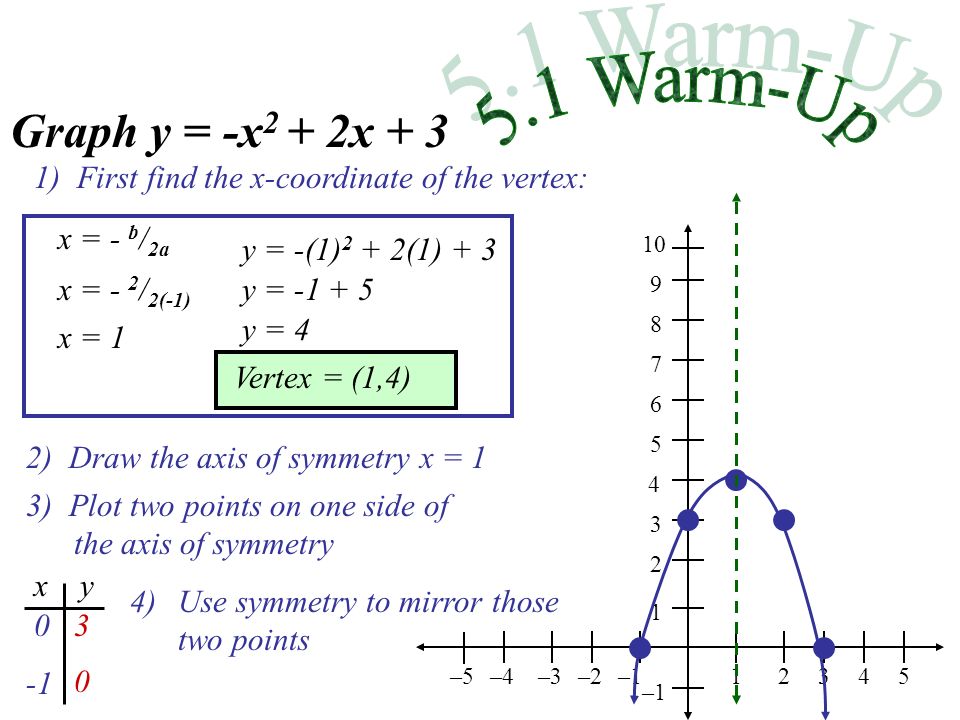



Ch 5 Notes Ppt Video Online Download




Graphing Parabolas
We have the quadratic equation #color(red)(y=f(x)=2x^2x3# Create a data table of values as shown below In the following table, you can see Column 1 (with x values) and Column 4 (with the corresponding y values) are shown Plot all the values from the table, to create the graphSin (x)cos (y)=05 2x−3y=1 cos (x^2)=y (x−3) (x3)=y^2 y=x^2 If you don't include an equals sign, it will assume you mean " =0 " It has not been well tested, so have fun with it, but don't trust it If it gives you problems, let me know Note it may take a few seconds to finish, because it has to do lots of calculations0 y 2 Solution We look for the critical points in the interior




Graph Graph Inequalities With Step By Step Math Problem Solver




Graph Graph Equations With Step By Step Math Problem Solver
X 3 6 x 2 5 x − 1 2 By Rational Root Theorem, all rational roots of a polynomial are in the form \frac {p} {q}, where p divides the constant term 12 and q divides the leading coefficient 1 One such root is 4 Factor the polynomial by dividing it by x4(Remember to use the chain rule on D ( y 2/3) ) (2/3)x1/3 (2/3)y1/3 y' = 0 , so that (Now solve for y' ) (2/3)y1/3 y' = (2/3)x1/3, , and , Since lines tangent to the graph will have slope $ 1 $ , set y' = 1 , getting , y 1/3 = x 1/3, y 1/3 = x 1/3, ( y 1/3) 3 = ( x 1/3) 3, or y = x Substitue this into the ORIGINAL equation x 2/3Find the value of y for x = 1 to x = 6 y = (13)^2 5
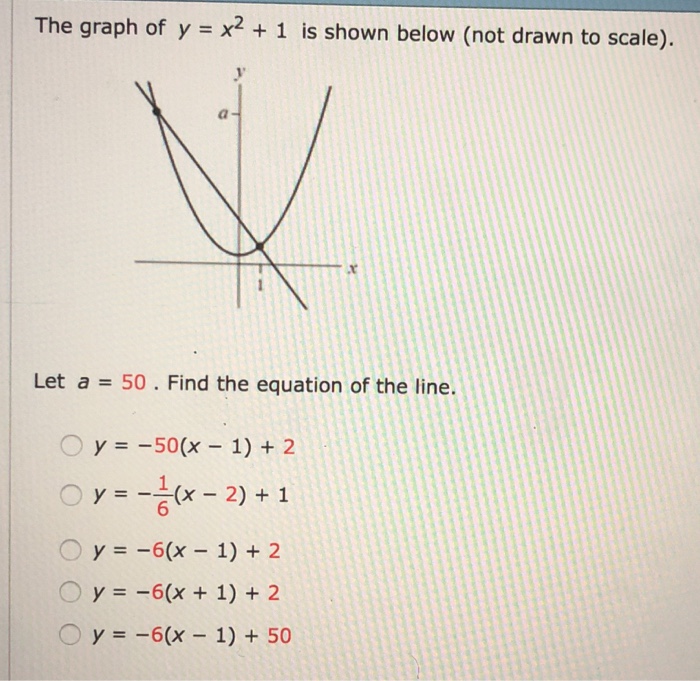



The Graph Of Y X2 1 Is Shown Below Not Drawn To Chegg Com



How To Graph Y X 2 X 1 X 5 Quora
Table 251 Example 251 Sketch the graph of g(x) = √x 4 Solution Begin with the basic function defined by f(x) = √x and shift the graph up 4 units Answer Figure 253 A horizontal translation 60 is a rigid transformation that shifts a graph left or right relative to the original graphNot a problem Unlock StepbyStep y=x7 Let y=f(x)=x^25x2 At x=3,y=3^25*32 =9152 =62 =4 So, the coordinate is at (3,4) We first need to find the slope of the tangent line at the point by differentiating f(x), and plugging in x=3 there f'(x)=2x5 At x=3, f'(x)=f'(3)=2*35 =65 =1 So, the slope of the tangent line there will be 1 Now, we use the pointslope formula to figure out the



1



How Do You Find An Equation Of The Tangent Line To The Graph F X X 2 2x X 1 At 1 6 Socratic
Math two systems of equations are giving below for each system choosethe best description of its solution if applicable give solution x4y=8 x4y= 8 choose which one this problem fit in 1)the system has no solution 2We designate (3, 5) as (x 2, y 2) and (4, 2) as (x 1, y 1) Substituting into Equation (1) yields Note that we get the same result if we subsitute 4 and 2 for x 2 and y 2 and 3 and 5 for x 1 and y 1 Lines with various slopes are shown in Figure 78 belowGraph{x^33x^29x5 1459, 1726, 856, 736} FIrst determine the interval of definition, then the behavior of first and second derivatives and the behavior of the function as \displaystyle{x}




How To Graph Y 1 2x 3 Youtube




Answered 2 Y X 5 X 1 X 2 Sketch Of The Bartleby
I want to graph the curve of y=(4x^2)^5 without using a graphing calculator To do this, I'm suppose to find domain, y and x intercepts, asymptotes, intervals of increase/decrease, local max/min, concavity and points of inflection I got all the way to the step where I'm solving the concavity and I'm stuckGiven , mathy = (x2)(x3)(x1) = x^{3} 4x^{2} x 6/math Now , At mathx = 0 , y = 6/math At mathy = 0 , x = 1 , 2 , 3/math So the graph of the givenQuestion Solve and graph the equations x/5 y/3 = 1 x/2 y/7 = 0 x= y= equation 1 xaxis intercept= equation 1 yaxis intercept= equation 2 xaxis intercept= equation 2 yaxis intercept= Answer by tutorcecilia(2152) (Show Source) You can put this solution on YOUR website!




Quadratic Function




Graph Graph Equations With Step By Step Math Problem Solver
Cos(x^2) (x−3)(x3) Zooming and Recentering You can clickanddrag to move the graph around If you just clickandrelease (without moving), then the spot you clicked on will be the new center To reset the zoom to the original click on the Reset button Using "a" ValuesPlane x = 1 2 The trace in the x = 1 2 plane is the hyperbola y2 9 z2 4 = 1, shown below For problems 1415, sketch the indicated region 14 The region bounded below by z = p x 2 y and bounded above by z = 2 x2 y2 15 The region bounded below by 2z = x2 y2 and bounded above by z = y 7The graph of mathx^2(y\sqrt3{x^2})^2=1/math is very interesting and is show below using desmos




Below Is The Graph Of Y X 2 Transform It To Make It Chegg Com



Curve Sketching
The graph of f x =1 2 (1 4) x2 4 f x =1 2 (1 4) x2 4 is shifted downward 4 4 units, and then shifted left 2 2 units, stretched vertically by a factor of 4, 4, and reflected about the xaxis What is the equation of the new function, g (x)?The interval (2 , inf) is open at x = 2 and the graph shows this with an "open point" Function f can take only two values 1 and 2 The range is given by {1, 2} Example 7 f is a function defined by f( x ) = x 2 1 if x < 2 = x 3 if x >= 2 Find the domain and range of function f and graph itCompute answers using Wolfram's breakthrough technology & knowledgebase, relied on by millions of students & professionals For math, science, nutrition, history



Curve Sketching




Systems Of Equations With Graphing Article Khan Academy
Graph y=2(x1)^25 Find the properties of the given parabola Tap for more steps Use the vertex form, , to determine the values of , , and Since the value of is negative, the parabola opens down Opens Down Find the vertex Find , the distance from the vertex to the focusProblem 2 Determine the global max and min of the function f(x;y) = x2 2x2y2 2y2xy over the compact region 1 x 1;



Draw The Graph Of Y 2x 2 X 6 Mathskey Com




X 2 Y 2 4 Graph Novocom Top




How To Graph Y X 1 X 5 X 2 X 3 Quora
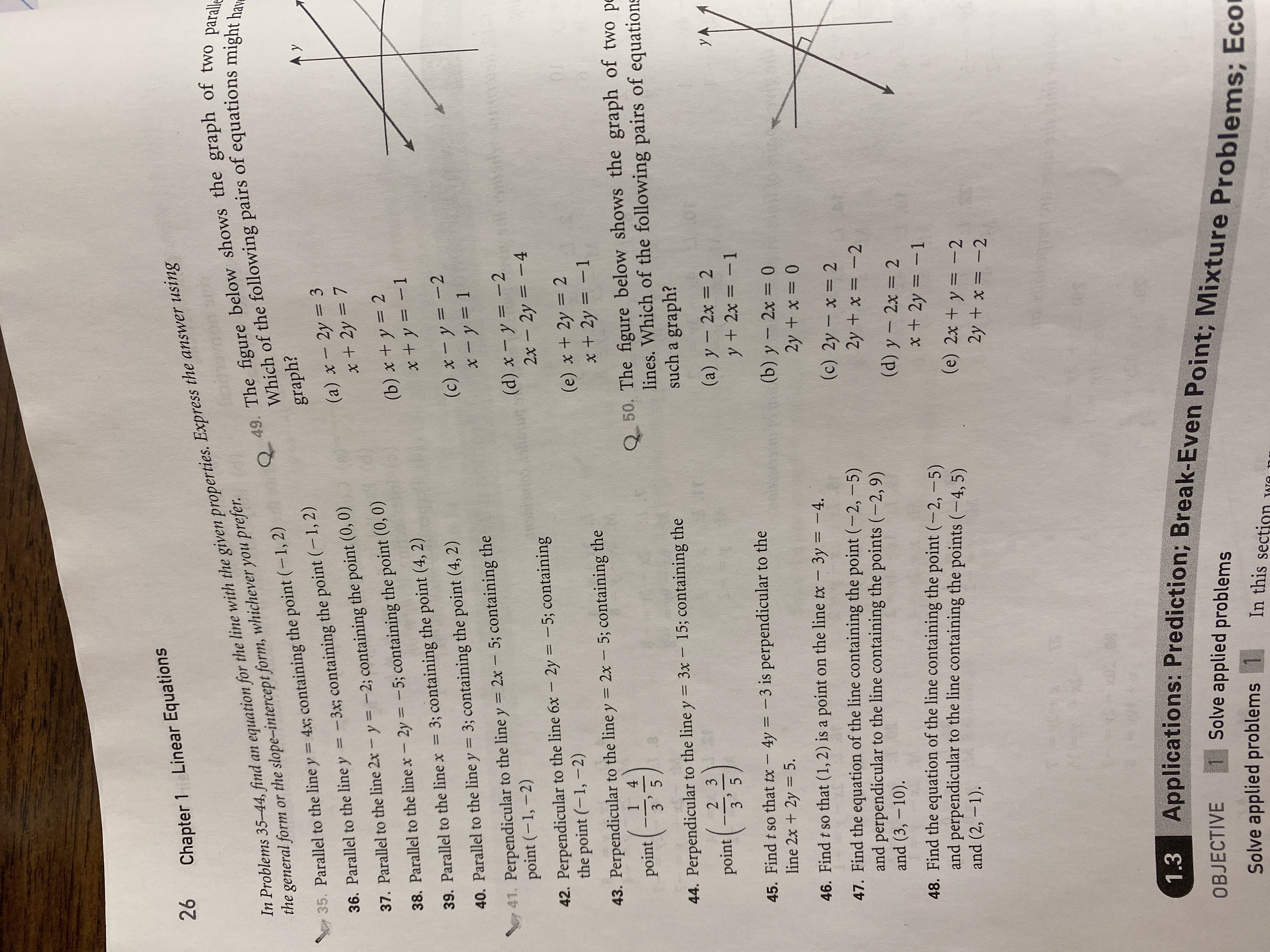



Answered Linear Equations 26 Chapter 1 Problems Bartleby




Draw The Graph Of The Equation X 2y 3 0 From Your Graph Find The Value Fo Y When I X 5 I Youtube



Curve Sketching



How To Graph Y X 2 X 3 X 1 Quora



1



How To Sketch A Graph Of The Function Y X 3 3x 2 Showing The Positions Of Turning Points If Any Quora



1




In Exercises 5 10 Find An Equation For The Tangent Chegg Com



Solution Graph Y X 5 2x 7 3 X 2 X 7 X 2 2 And Label All Intercepts Ty



Quadratics Graphing Parabolas Sparknotes
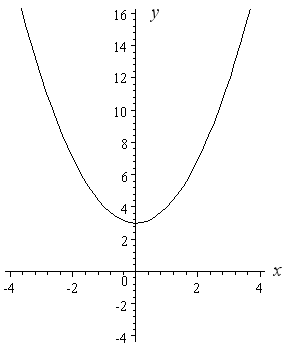



How To Draw Y 2 X 2



Curve Sketching



Solution Graph Y X 5 2 5




Below Is The Graph Of Y X Translate It To Make It Chegg Com



Quadratics Graphing Parabolas Sparknotes



How Do You Graph Y 2x 2 4x 3 Mathskey Com



Solution Sketch The Graph Of F X X 2 X 6 Include All Intercepts And The Vertex
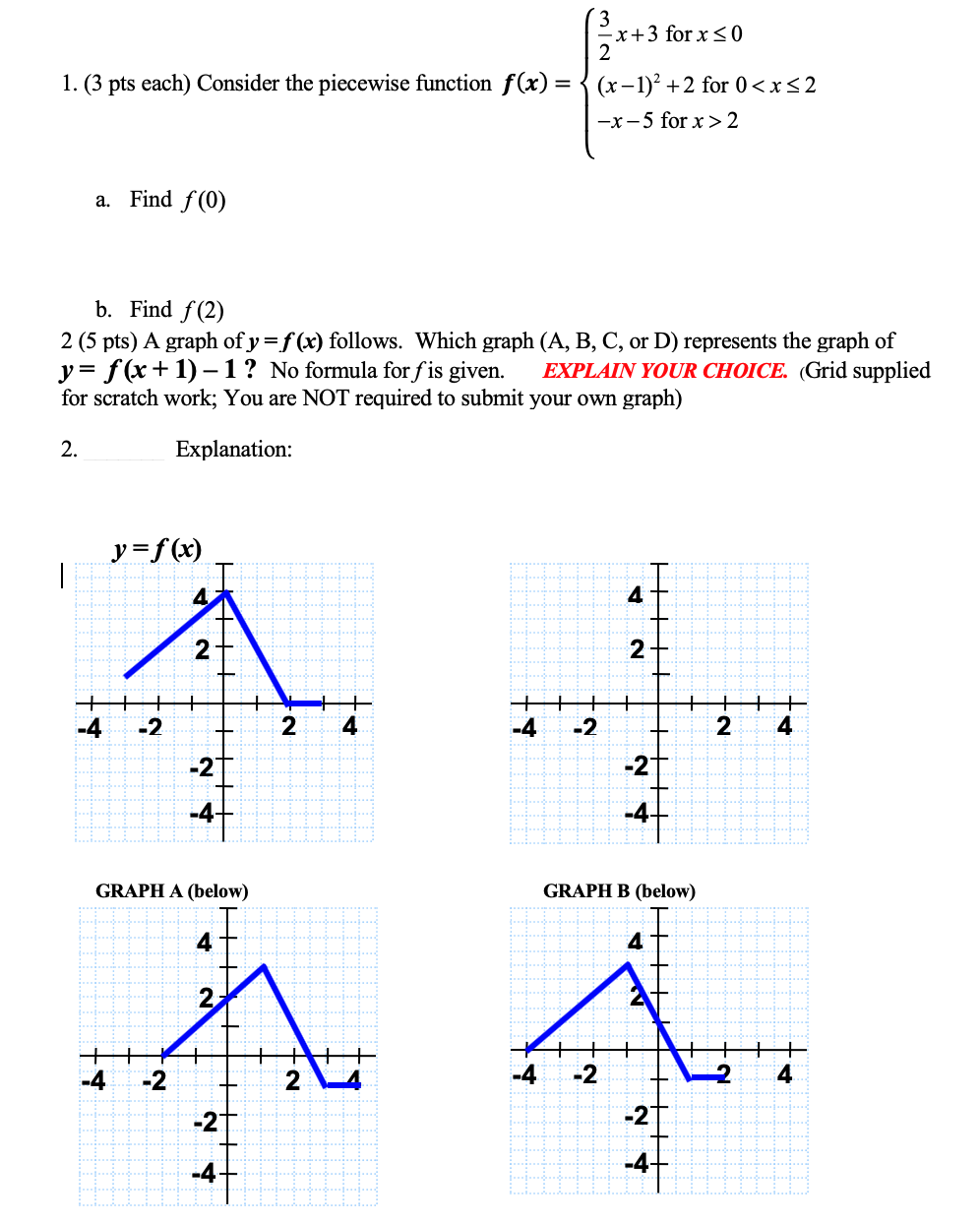



X 3 For X 0 1 3 Pts Each Consider The Piecewise Chegg Com
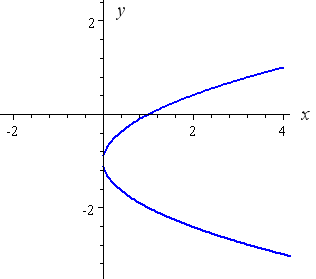



How To Draw Y 2 X 2



How To Graph Y X 2 X 1 X 5 Quora
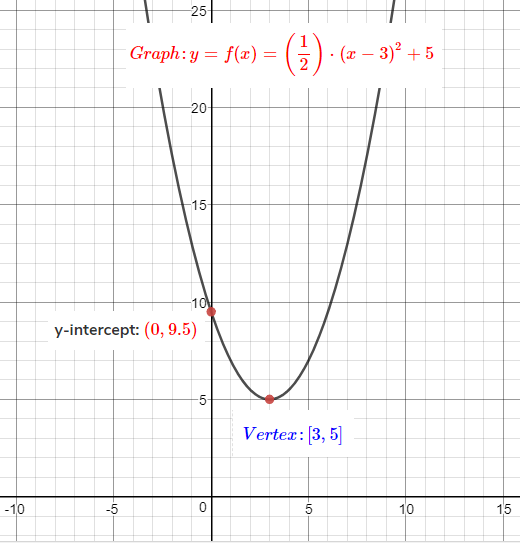



How To Graph A Parabola Y 1 2 X 3 2 5 Socratic




Graph Graph Equations With Step By Step Math Problem Solver




Algebra Calculator Tutorial Mathpapa



Content Calculating The Gradient Of Y X2
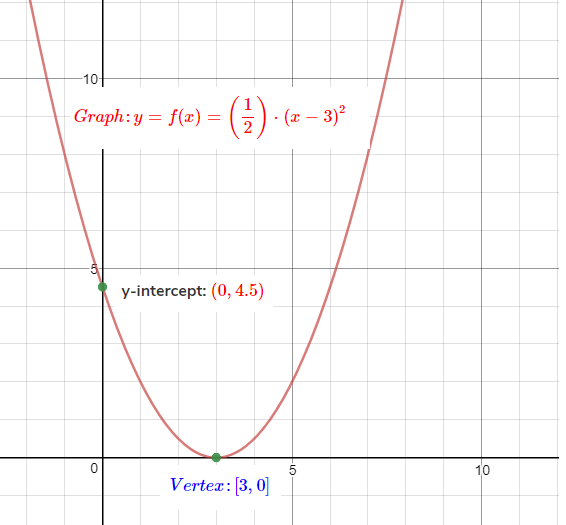



How To Graph A Parabola Y 1 2 X 3 2 5 Socratic



Draw The Graph Of Y X 1 X 3 And Hence Solve X 2 X 6 0 Sarthaks Econnect Largest Online Education Community




Which Of The Following Graphs Represents The Equation Y 2 3 X 1 Brainly Com
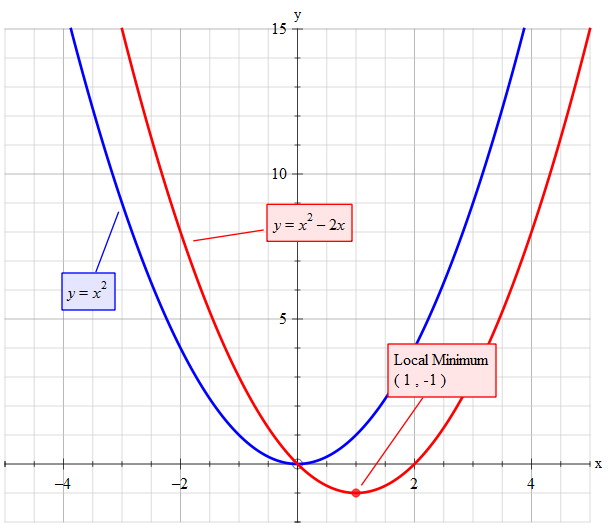



How Do You Sketch The Graph Of Y X 2 2x And Describe The Transformation Socratic



What Is The Graph Of X 2 Y 2 Z 2 1 Quora



How To Graph Y X 2 X 1 X 5 Quora
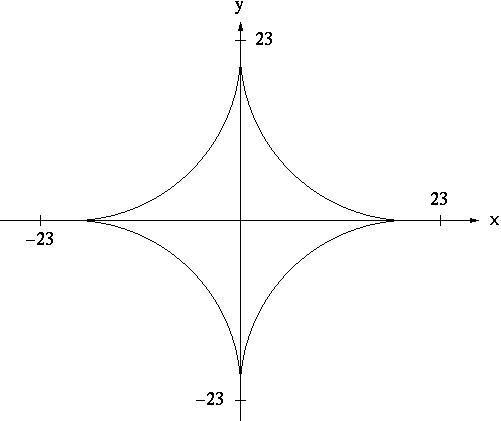



Implicit Differentiation




Example 1 Graph A Function Of The Form Y Ax 2 Graph Y 2x 2 Compare The Graph With The Graph Of Y X 2 Solution Step 1 Make A Table Of Values For Ppt Download



Solution Graph The Parabola Y X 4 2 2



Quadratics Graphing Parabolas Sparknotes




Graphs And Solutions To Systems Of Linear Equations Beginning Algebra




Step To Draw Y X 2 4x 1and Find Solution To Quadratic Equation Y X 2 5x 4 Youtube
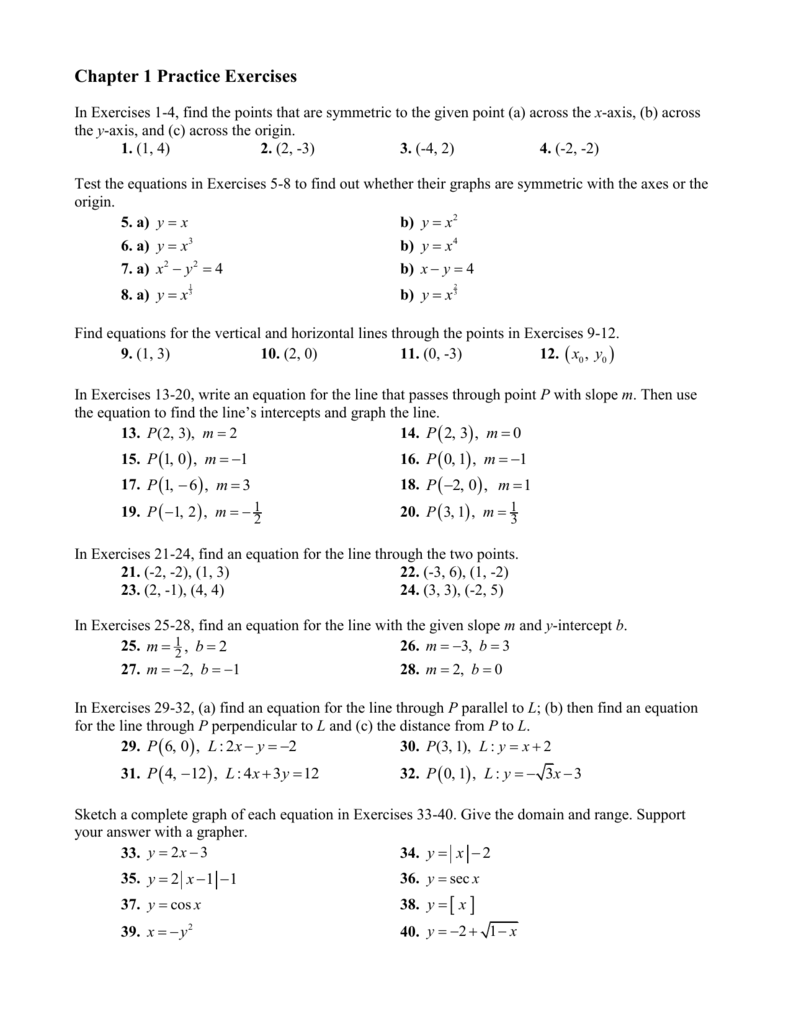



Chapter 1 Practice Exercises




Graph By Plotting Points
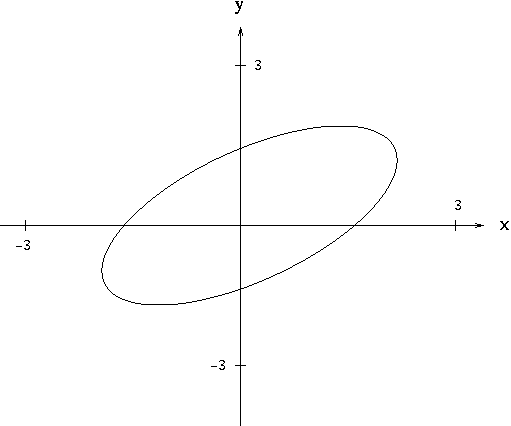



Implicit Differentiation



Solution Graph Y X 2 3 And Y X 3 2 What Are The Similarities And Differences Between The Graphs How Do These Graphs Compare To The Graph Of Y X 2




Quadratic Graphs Parabolas 1 To Draw A Quadratic
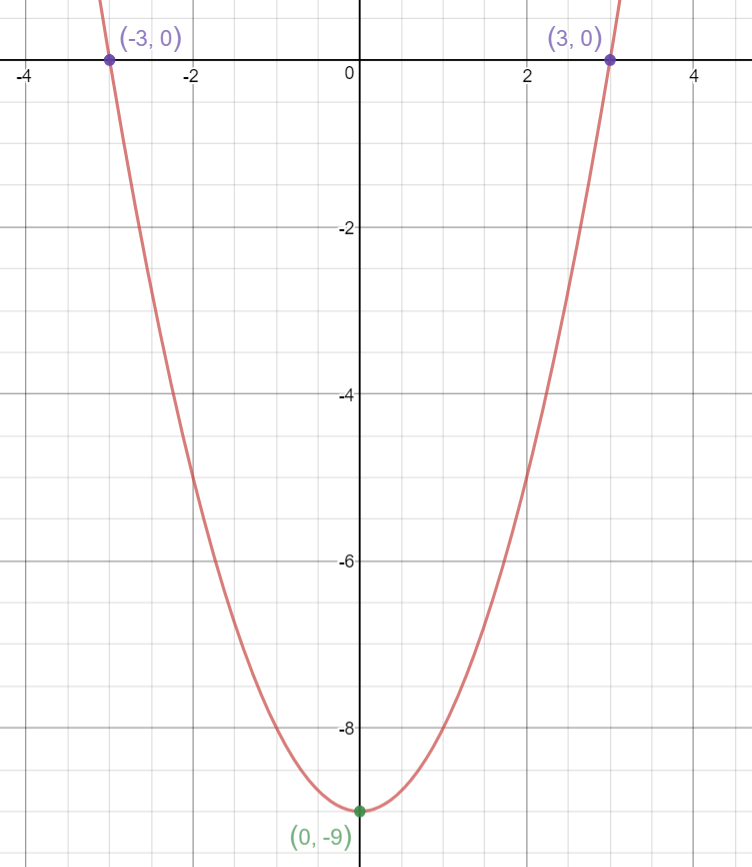



How Do You Graph Y X 2 9 Socratic
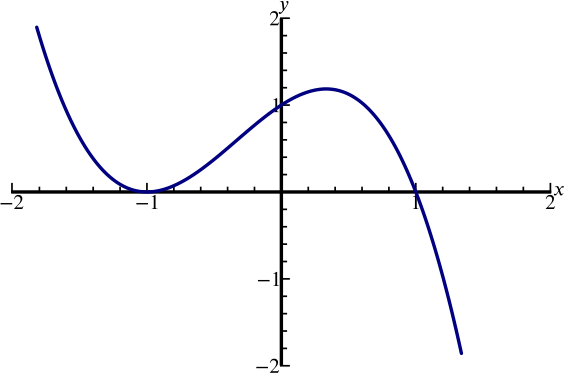



Can We Sketch The Graph Y X 3 X 2 X 1 Polynomials Rational Functions Underground Mathematics



Quadratics Graphing Parabolas Sparknotes
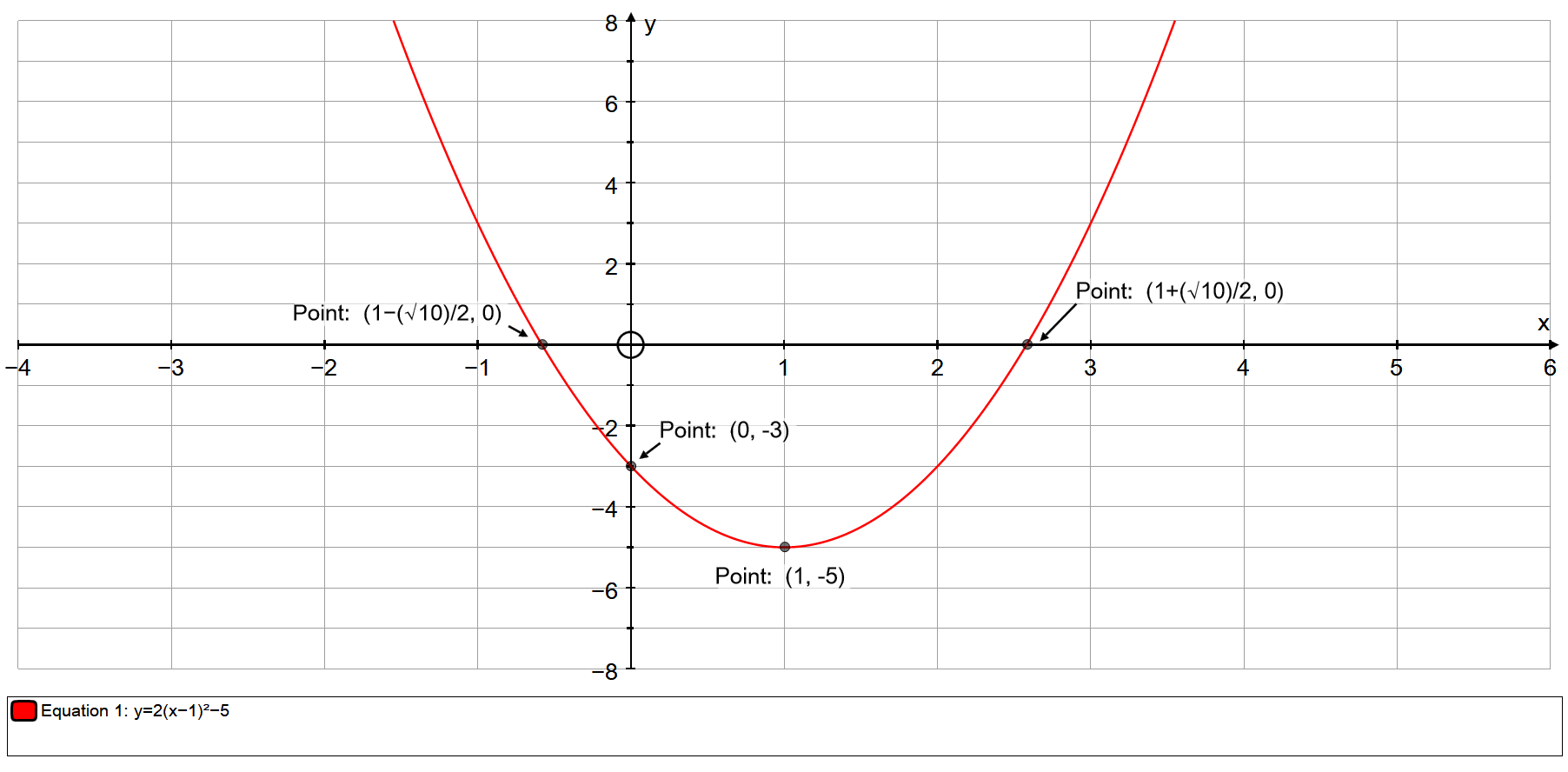



How Do You Graph The Parabola Y 2 X 1 2 5 Using Vertex Intercepts And Additional Points Socratic
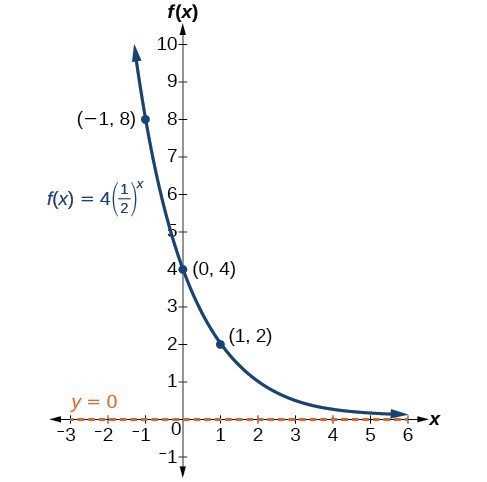



Graph Exponential Functions Using Transformations College Algebra
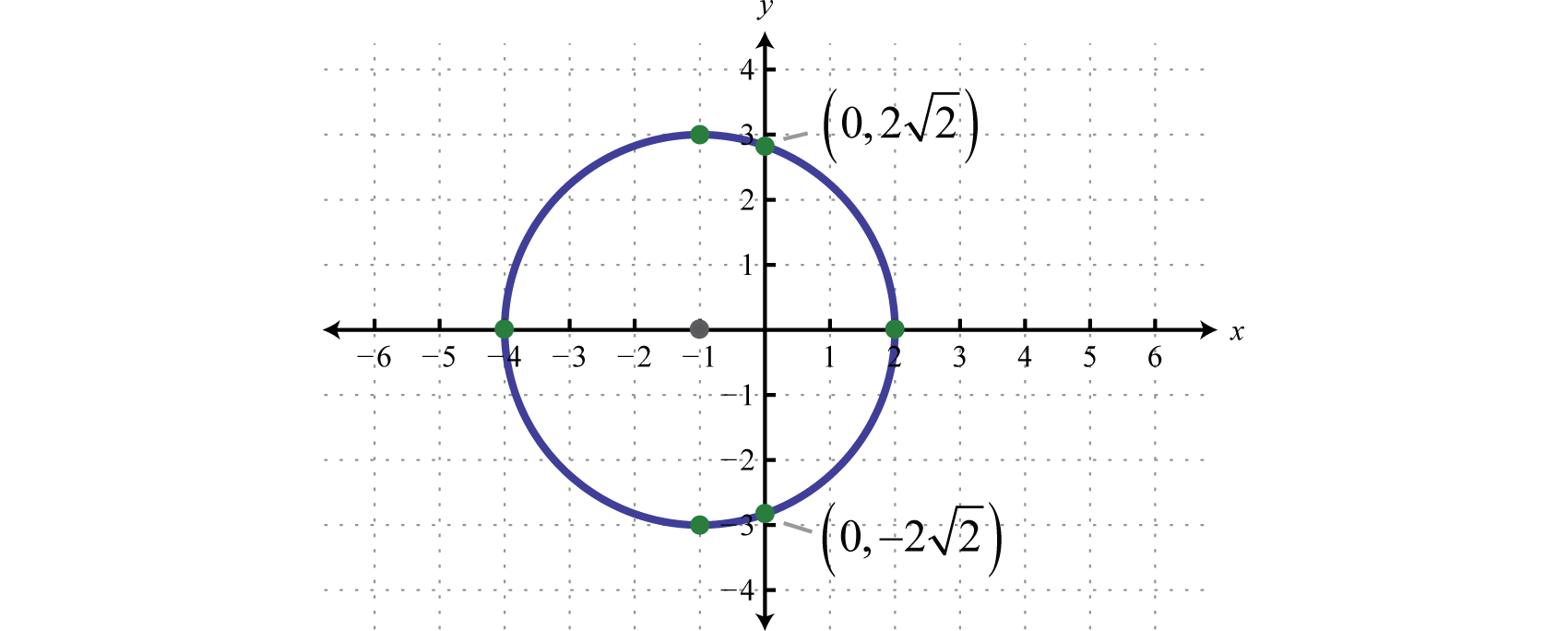



Circles
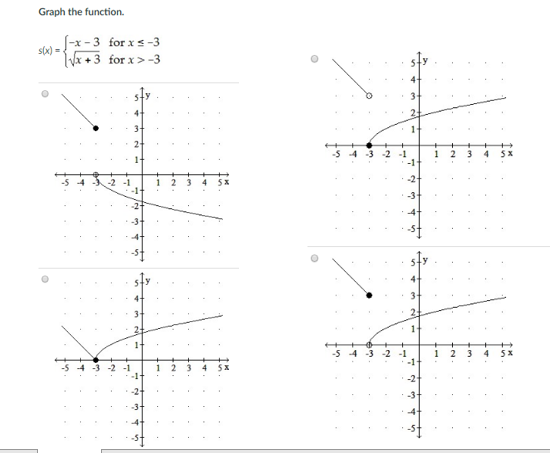



Graph The Function 1 X 3 For X 3 X3 For 3 S X Chegg Com



Quadratics



Math Scene Equations Iii Lesson 3 Quadratic Equations




Graphing Square And Cube Root Functions Video Khan Academy
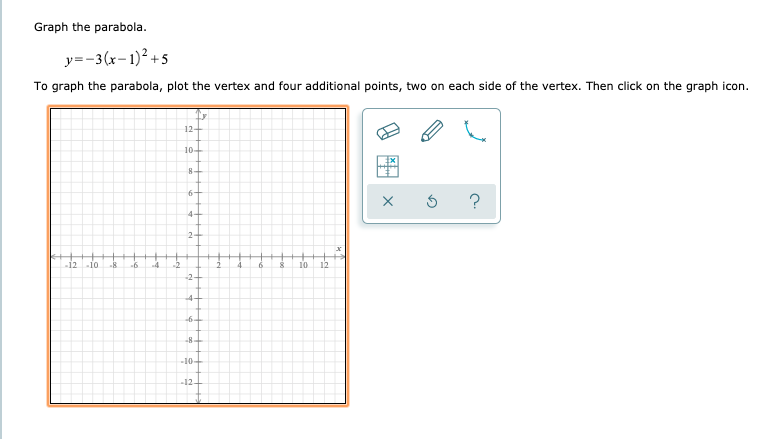



Graph The Parabola Y 3 X 1 2 5 To Graph The Parabola Chegg Com



Solution How Do You Graph Y X 3 2 2




Help Please On A Piece Of Paper Graph Y Gt X 2 Then Determine Which Answer Matches The Graph You Brainly Com




Graph Graph Equations With Step By Step Math Problem Solver
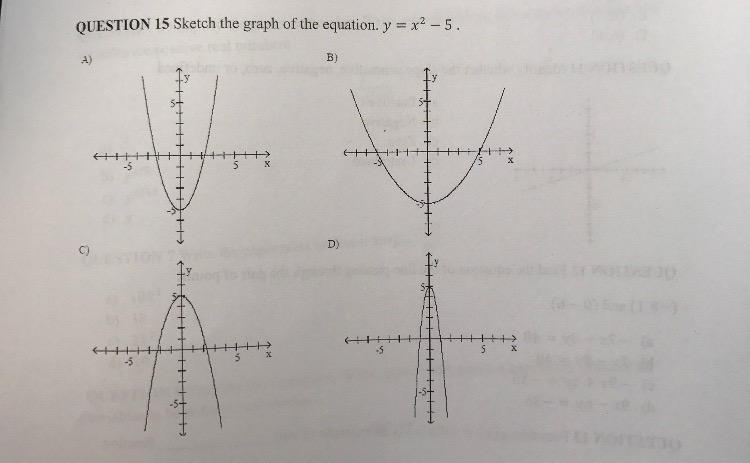



Sketch The Graph Of The Equation Y X 2 5 Chegg Com



Search Q Desmos Tbm Isch
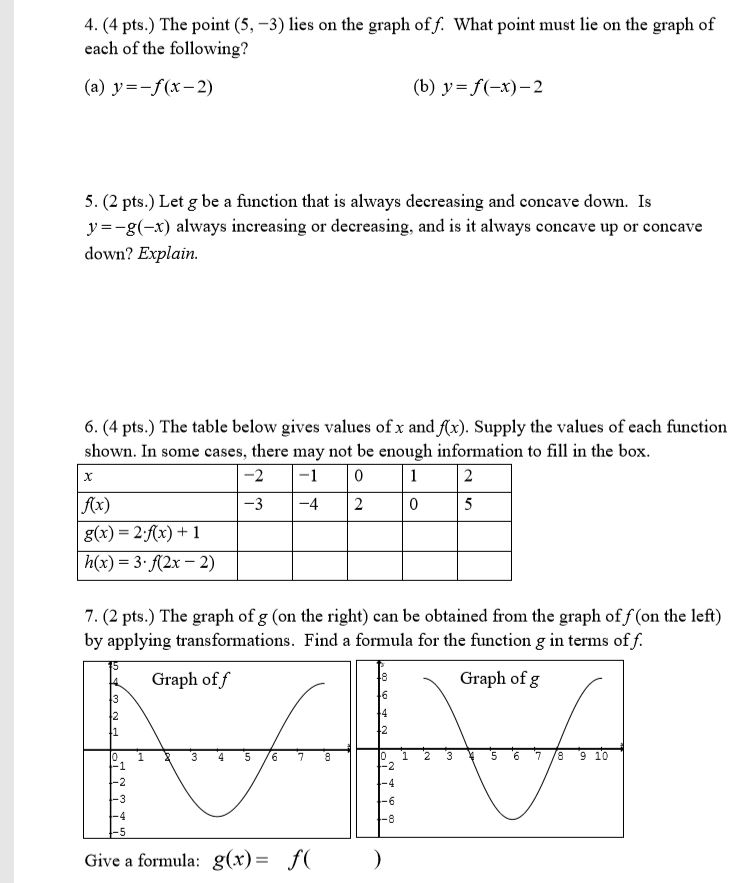



4 4 Pts The Point 5 3 Lies On The Graph Off Chegg Com
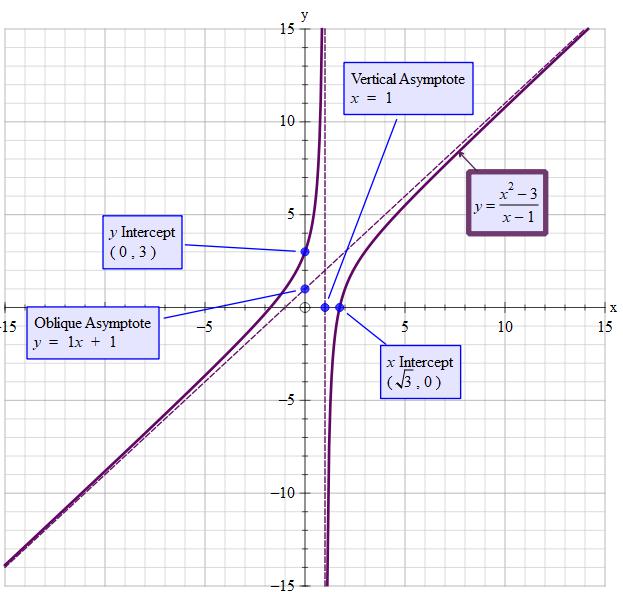



How Do You Graph Y X 2 3 X 1 Socratic




Graph Graph Equations And Equation Systems With Step By Step Math Problem Solver



Math Scene Equations Iii Lesson 3 Quadratic Equations




Warm Up 2 Find The Product A X 5 2 B 4 X 5 X 5 Answer Ppt Download
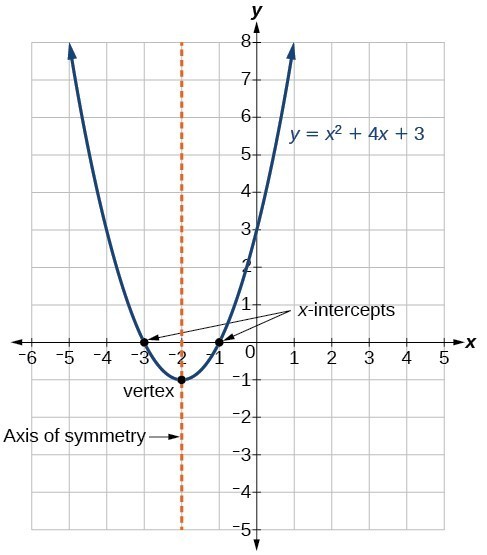



Characteristics Of Parabolas College Algebra



Graphing Quadratic Functions




Example 1 Graph A Function Of The Form Y Ax 2 Graph Y 2x 2 Compare The Graph With The Graph Of Y X 2 Solution Step 1 Make A Table Of Values For Ppt Download




Graph A Rational Function




Lesson 1 1 Pages 5 11 State The Domain And Range Of Each Relation Then State Whether The Relation Is A Function Write Yes Or No Pdf Free Download




Graph Y 2x 3 Youtube
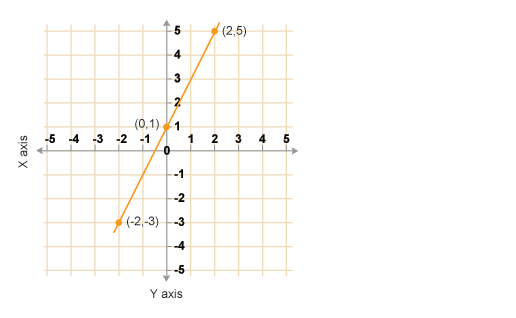



Course Math110 Archive 10 11 003 Groups Group 02 Basic Skills Project Ubc Wiki




How To Graph Y X 2 1 Youtube
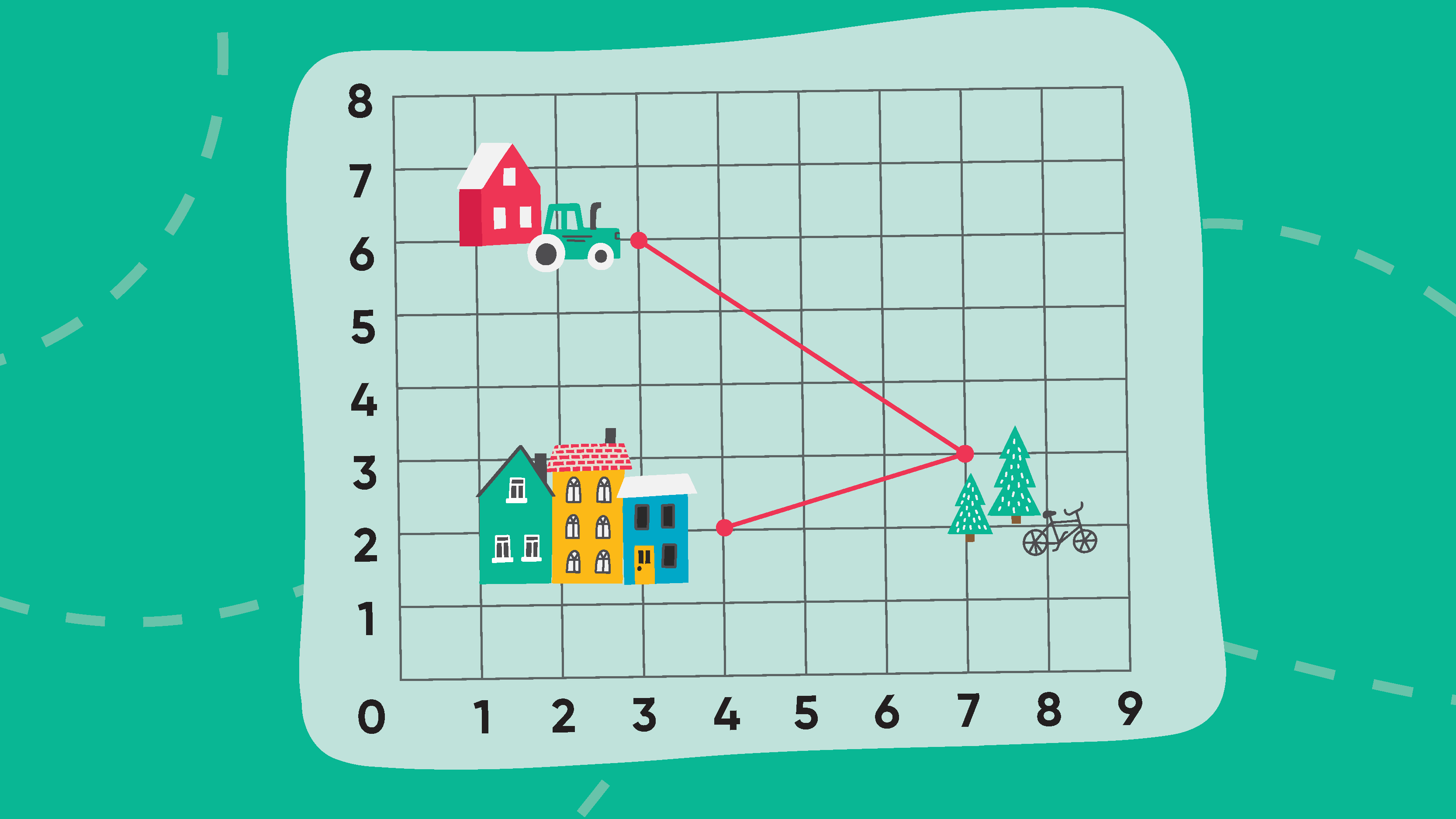



Teaching X And Y Axis Graphing On Coordinate Grids Houghton Mifflin Harcourt




Y X 1 4 Graph Novocom Top
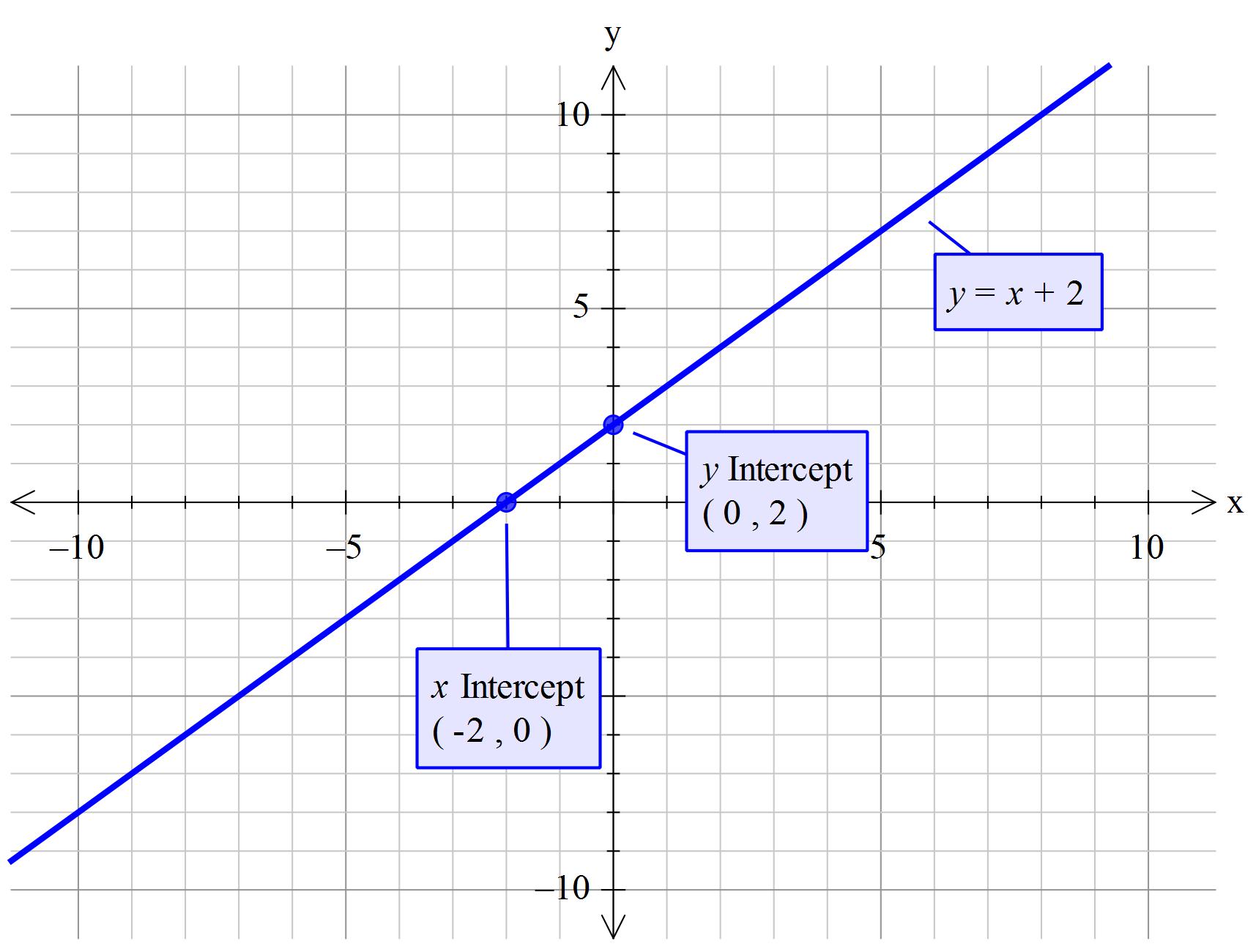



How Do You Graph Y X 2 Socratic


